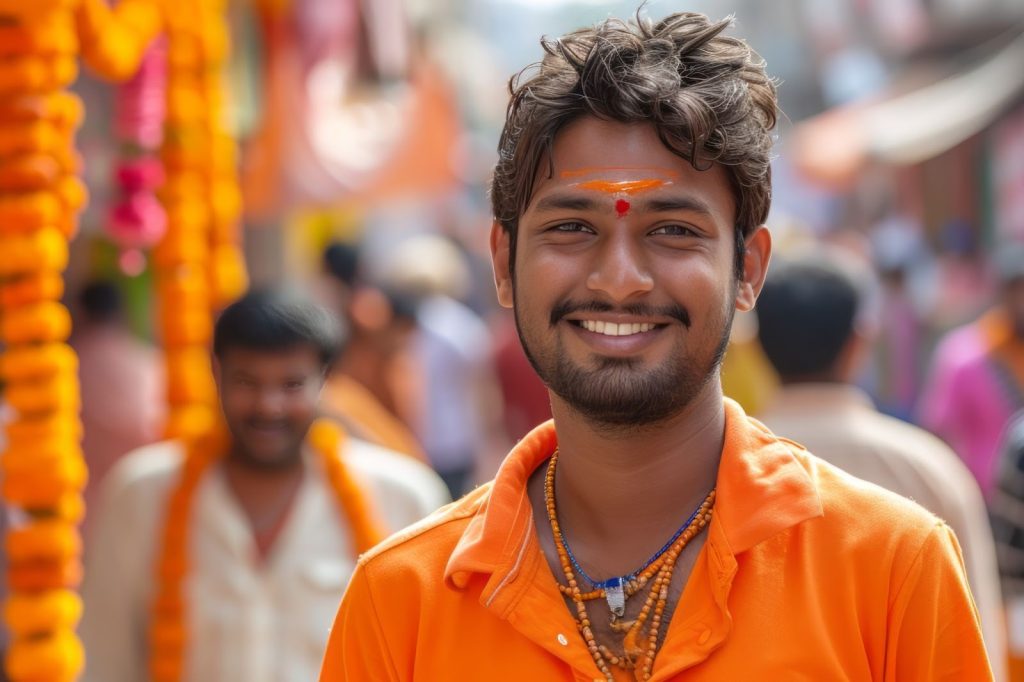Kabaddi is one of the oldest sports in the world, and it is also one of the oldest in India. It is based on the epic Mahabharata, where it is said that warriors practiced breath-controlled raids and captures in battles. It is also a contact sport that has been played in South Asia for over 4,000 years. It has evolved from a simple village game to a more structured sport. Before the Pro Kabaddi League, which took place in 2014, the only Sanji-vini methods and Punjabi circle methods were used, which mainly focused on endurance. As the 2025 PKL season approaches on August 29, you can expect the same 12 teams and 108 games, but expect a greater balance of heritage and modernizing PKL.

Old Rules in Kabaddi
Traditionally, kabaddi was played in large, circular fields, with some games even featuring 22 players. In Punjab, kabaddi was referred to as kaudi da bharha. It was played in 20-minute halves that the raider could only limit with his breath. Breath control is a discipline that is also reflected in current online betting and sports analysis platforms, as kabaddi has become a sport for betting. The chant of ka-ba-ddi is derived from the Tamil phrase kai-pidi, which means handhold. Each region’s unique traditions impacted how kabaddi was played.
Sanjeevani, popular in northern India, had all players engaged because revives were tied to raid points. Under the Amar rules in the south, players could form chains of defense. Gaminee limited teams to seven players, with no substitutes. These rules were recorded in 1920s Maharashtra and focused on stamina rather than speed: there were no weight restrictions, and raids were untimed.
The game also included the following features:
- Unlimited raid duration: Raiders could breathe as long as they wanted, and many surpassed 30 seconds.
- Earthen fields: Depending on the region, they had circular or open surfaces.
- Revival System: Fluidity was maintained, and tagged players returned to the game when the team scored.
- Scoring was simple: One point for each tagged defender, and a lona was awarded for failed raids.
These features were showcased in the 1936 Berlin Olympics, with the rules formalized by the Amateur Kabaddi Federation of India in 1950. They formed the basis of the international tournaments, including the 1990 Asian Games, where India won a gold medal.
The “Ka-Ba-Ddi” Chant: Breath Control as Myth and Reality
The “one breath” raid has become a mythical part of kabaddi, and, in reality, is a highly exaggerated feat. The chant is a Tamil battle cry, and its purpose is to ensure players exhale during a raid, a skill achieved through pranayama. Platforms like kabaddi bet use this as a predictor of raid success by analyzing the length of the chant. Skilled raiders can sustain “ka-ba-ddi” for 20 to 30 seconds while tagging multiple defenders. In classic kabaddi, chants during voided raids were skipped, though this rule was enforced inconsistently by umpires.
In fact, the 2025 PKL requires continuous chanting during midline crossings, and violators receive technical point penalties. This preserves attack and defense strategies. This was apparent during Pardeep Narwal’s 14-point record performance in 2014. While spectacular endurance feats are often myths over 14-point matches, elite players do train for 45 seconds, and PKL stats record “super 10” raids (10+ chants) as measurable evidence for bonuses.
PKL has shifted modern kabaddi to 13m x 10m synthetic mats, instead of injury-risking mud surfaces. The modern version of the game has an increased focus on agility. Players for the 2025 season will weigh 85 kg or under and will be expected to shift quickly during raids, as the time limit of the raids has been increased to 30 seconds. The 2025 season also streamlines points for scoring as wins will be 2 points, losses will be none, and ties will be resolved via Golden Raid. This playoff expansion improves their viewership to match cricket’s IPL.

Evolution of Kabaddi Rules: Tradition vs. Modernity
| Aspect | Traditional Rules | Modern PKL Rules (2025) |
| Raid Duration | Unlimited (breath-limited) | 30 seconds maximum |
| Field Surface | Earthen or circular (22m diameter) | Synthetic mat (13m x 10m) |
| Player Limits | Variable (e.g., 8-12) | 7 on court, 12 total, <85kg |
| Scoring | Revivals Sequential upon any points | Sequential upon raid/tackle points |
| Tie Resolution | First-to-score or coin toss | Golden Raid (5 untimed raids, no revivals) |
Persistent Old Rules in Contemporary Play
Core mechanics endure in modern kabaddi. The raid-tackle dynamic remains: raiders score by tagging, defenders by capturing, with lona penalties for failed entries. Chain tackles, codified in the 1920s, allow coordinated holds, echoing traditional antis formations. Revivals, central to Sanjeevani, persist—tagged players return upon team scores, as seen in Puneri Paltan’s three revivals in the 2025 opener. In Asia, kabaddi retains cultural significance, recognized as Bangladesh’s national sport (ha-du-du) and standardized by the IKF for events like the 2023 Asian Games, where India dominated Pakistan 61-18.
Gambling on Professional Kabaddi Explained
The upcoming 2025 season of the Pro Kabaddi League (PKL) is going to have 108 matches and is bound to gear up the analytical interest even more within the legalized betting markets of Asia, especially India, which uses data analytics with 70% bonus line success prediction rates. There is a focus on betting on raid points (which are 6 to 8 points each match), super tackles (worth 2 points when three or fewer defenders are present), all outs (which occur on average twice per game), and the overall match result, considering the Golden Raid possibilities. These metrics come from the stats for the PKL and show the level of strategy, with Puneri Paltan currently on top after 10 matches in 2025.
